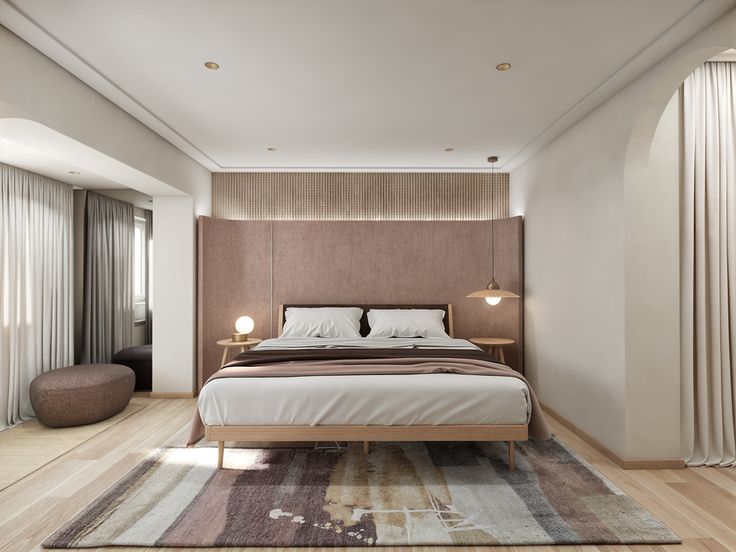When it comes to interior design, there are countless elements we can incorporate into our homes. However, two of the most crucial components are columns and beams. These structural elements bear the load of the entire house, ensuring its stability and our safety. Unfortunately, beams can also pose significant challenges in interior design when they appear in visible locations, especially in the center of a room where they can disrupt the aesthetic appeal.
In this blog, we’ll explore practical tips and tricks to effectively conceal beams without compromising the design of your space. Let’s break it down into three parts, addressing various scenarios where beams can be a problem.
1. Beams Above Walls
The simplest scenario occurs when beams are positioned above the walls. If the beam is not hanging too low, the best solution is to install a flat false ceiling. This method will effectively cover the beam, creating a seamless look in the room while allowing for decorative lighting options.
However, if the beam hangs low enough to significantly reduce the room’s height, we need a more creative solution. For example, in a recent project, we designed a room where beams were visible on both sides. To address this, we created faux beams and incorporated a decorative false ceiling that maintained a consistent height throughout the space, complemented by elegant profile lighting.
2. Beams Detached from Walls
In some cases, beams may be located close to walls but not directly attached. This situation requires a different approach, as it’s not always possible to hide these beams completely. Instead, we can “soften” their appearance. One design solution involves creating a curved false ceiling that blends seamlessly with the beam. By adding profile lighting into this design, the beam becomes an integrated part of the room’s aesthetic rather than a hindrance.
If the beam is only a few inches away from the wall, incorporating a corner molding can help to disguise it. A curved or rounded edge gives the illusion of a more luxurious design, ensuring the beam is less noticeable while enhancing the overall decor.
3. Beams in the Center of the Room
The most challenging situation arises when a beam runs directly through the center of the room. In such cases, you cannot hide the beam but can turn it into a design feature. One effective method is to create a grid pattern using false ceilings, which can incorporate the beam into the design as a focal point.
For example, we once designed a room where the beam was slightly off-center. We installed two vertical pillars on either side of the beam, elevating the false ceiling in the middle to create symmetry. This approach not only concealed the beam but also added height to the space, allowing for a visually appealing arrangement.
Conclusion
Designing around beams doesn’t have to be a daunting task. With the right techniques, you can enhance the beauty of your space while accommodating necessary structural elements. By employing creative solutions like faux ceilings, strategic lighting, and elegant mouldings, you can transform beams from an eyesore into a stunning design feature.

